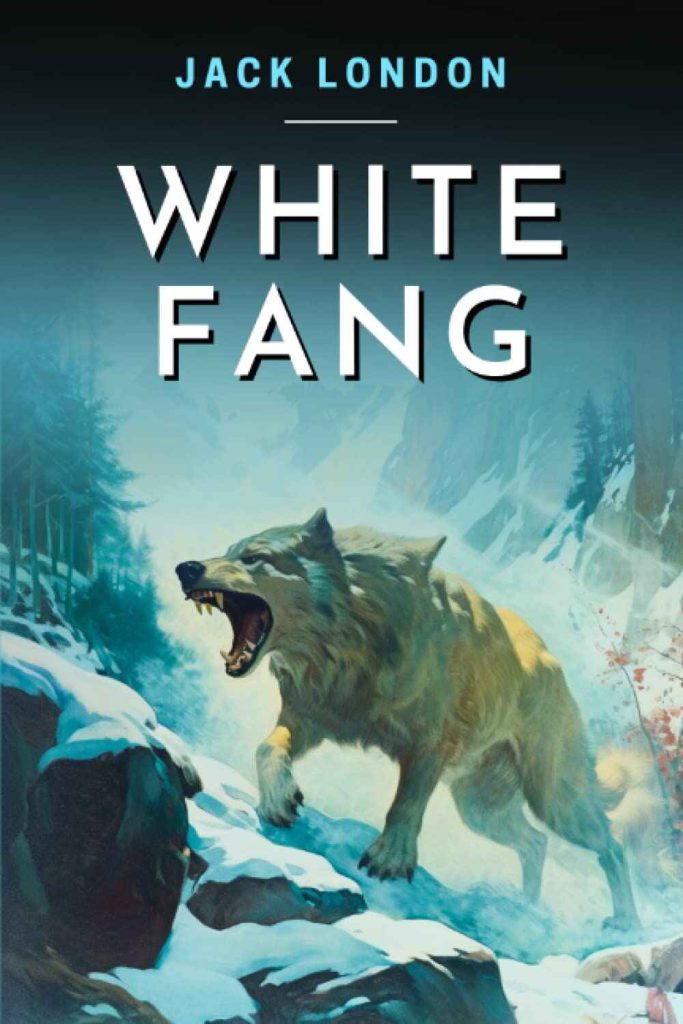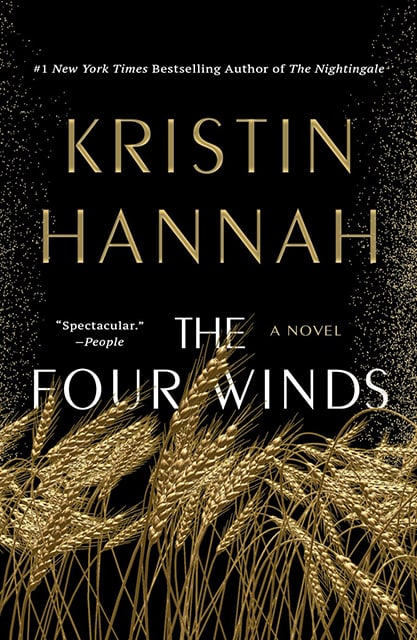No, “White Fang” is not a true story. It’s a fictional novel written by Jack London, inspired by his experiences in the Klondike Gold Rush.

Curious minds, gather around! Let’s make a journey through the wilderness of fact and fiction as we explore the truth behind Jack London’s fascinating novel “White Fang”!
What Is The Story Behind the White Fang?
“White Fang” is an iconic novel by Jack London, a famous American writer. It first came out as a series in a magazine called Outing in 1906. Then, it became a book in the same year. The story happens in the Yukon and Northwest Territories during the Gold Rush in the late 1800s. It follows the journey of a wild wolf-dog hybrid named White Fang and explores themes of survival, cruelty, and redemption.
The novel begins with White Fang’s early days as a cub, born in the wild to a she-wolf and a wolf-dog father. He learns to fend for himself and survives through various encounters with other animals, including lynxes and a pack of wolves. His experiences shape him into a fierce and cunning creature.
White Fang’s life changes when he encounters humans for the first time. Initially wary and hostile, he eventually forms a bond with a Native American named Grey Beaver, who takes him in and trains him as a sled dog. Under Grey Beaver’s care, White Fang learns obedience and loyalty but also faces abuse and mistreatment at the hands of other humans.
The story takes a turn when White Fang is sold to a cruel man named Beauty Smith, who forces him into dogfighting. White Fang becomes a feared and ruthless fighter, surviving numerous brutal battles. However, his life changes once again when he is rescued by a kind-hearted man named Weedon Scott.
Under Weedon Scott’s patient and compassionate guidance, White Fang learns to trust humans once more and eventually becomes devoted to his new master. He learns to overcome his aggressive instincts and develops a deep bond with Weedon Scott and his family.
Through White Fang’s journey from the wild to civilization, Jack London explores the dual nature of humanity and the animal kingdom, as well as the capacity for both cruelty and kindness within individuals. The novel is a powerful tale of survival, transformation, and the enduring bond between humans and animals.
Is White Fang a True Story?
“White Fang” is not a true story in the traditional sense. Instead, it’s a work of fiction. That means it’s a made-up story created by the author’s imagination.
The story follows the journey of a wolf-dog named White Fang, who faces many challenges as he grows up in the wilds of the Yukon territory during the Klondike Gold Rush. He encounters both humans and other animals, experiencing love, loyalty, and betrayal along the way. Through White Fang’s adventures, readers learn about survival, friendship, and the power of kindness.
London was known for his vivid descriptions and realistic portrayals of life in the wild, and “White Fang” is no exception. The book paints a vivid picture of the harsh and unforgiving landscape of the Yukon, as well as the struggles of both humans and animals to survive in such a challenging environment.
So while “White Fang” may not be a true story in the sense that it actually happened, it still has a lot to offer readers. It’s a timeless tale of adventure, courage, and the bond between humans and animals, and it continues to captivate audiences around the world to this day.
What Is the Main Message of White Fang?
“White Fang” explores several themes, but its main message revolves around the idea of nature versus nurture and the impact of environment on an individual’s behavior and character development.
- Nature vs. Nurture
One of the central themes of “White Fang” is the debate over whether an individual’s behavior is primarily influenced by their innate instincts (nature) or by their environment and upbringing (nurture). White Fang, the protagonist, is born a wild wolf and exhibits aggressive and survival-oriented behavior early in his life.
However, as he is domesticated by humans and experiences kindness and compassion, he gradually learns to trust and form bonds with them. This progression highlights the idea that while innate instincts play a role, environment and nurture have a significant impact on shaping an individual’s character.
- Survival of the Fittest
Another key message in “White Fang” is the concept of survival of the fittest. The novel depicts the harsh realities of the natural world, where only the strongest and most adaptable creatures survive. White Fang learns to navigate and thrive in this brutal environment, constantly adapting to new challenges and emerging as a formidable predator. This theme underscores the idea that life in the wild is inherently competitive and that only those who can adapt and endure can hope to survive.
- The Power of Love and Compassion
Despite the novel’s focus on the brutality of nature, “White Fang” also emphasizes the transformative power of love and compassion. Through the kindness shown to him by individuals like Weedon Scott, White Fang learns to trust and form meaningful connections with humans. This love and companionship ultimately serve as a catalyst for his redemption and transformation from a fierce and solitary predator to a loyal and devoted companion.
- The Complexity of Human-Animal Relationships
“White Fang” explores the complex dynamics of human-animal relationships, highlighting the different ways in which humans interact with and perceive animals. From the brutal treatment of White Fang by cruel masters to the compassionate care he receives from individuals like Weedon Scott, the novel examines the spectrum of human attitudes toward animals and the profound impact these attitudes can have on both parties.
Overall, “White Fang” delivers a powerful message about the interplay between nature and nurture, the resilience of the human and animal spirit, and the transformative power of love and compassion in overcoming adversity.
Final verdict
While the narrative “White Fang” is undoubtedly inspired by real-life experiences and observations, it is ultimately a work of fiction crafted by London’s vivid imagination. However, this distinction does not diminish the power of the novel or its ability to resonate with readers on a profound level.
So, begin a thrilling journey with “White Fang.” Feel the pulse of nature and the spirit of adventure in every page. Dive in now!


